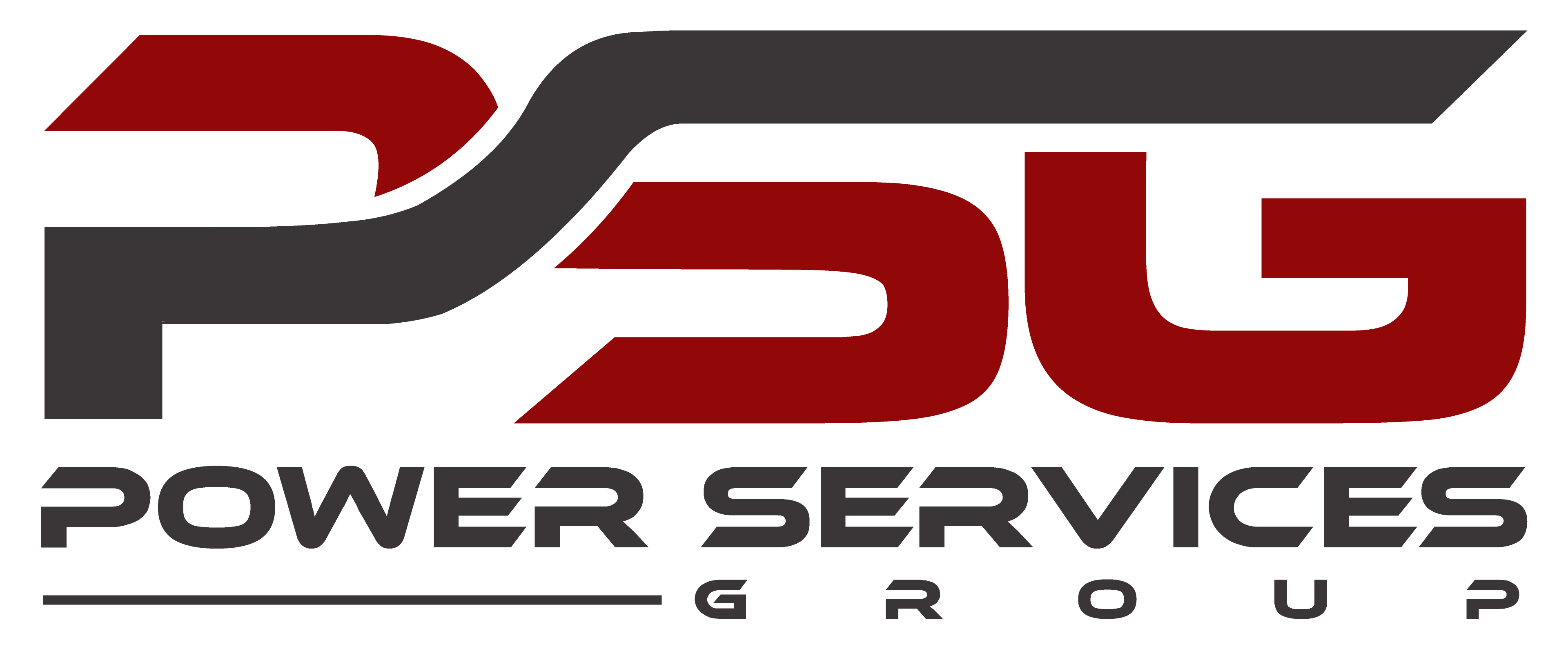Slips, Trips, and Falls
Falls are one of the leading causes of unintentional injuries in the United States, accounting for nearly 8.6 million visits to the emergency room. Adults 55 and older are more prone to being victims of falls, and the resulting injuries can diminish the ability to lead active, independent lives. The number of fall deaths among […]
